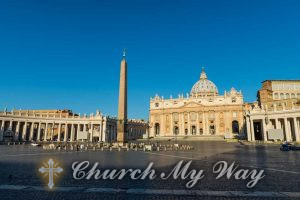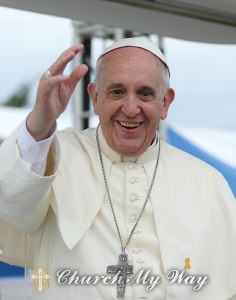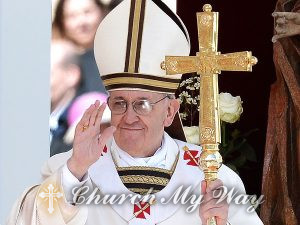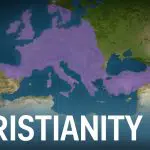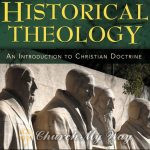The Biggest Differences Between Roman Catholicism and Other Christian Denominations
These are just some of the key differences between Roman Catholicism and other Christian denominations. There are many different Christian denominations, each with its own beliefs and practices. However, there are some key differences between Roman Catholicism and other denominations.
One of the biggest differences is that Roman Catholicism teaches that the pope is the head of the church. Other denominations do not have a centralized authority figure in the same way. Roman Catholicism also teaches that the Bible is not the only source of religious truth – church tradition is also considered to be authoritative. This is not the case for other denominations, which generally place more emphasis on the Bible.
Another key difference is that Roman Catholicism teaches that there is a hierarchy in the church, with the pope at the top, followed by bishops and priests. This is not the case in other denominations, where leadership is more decentralized. Roman Catholicism also teaches that Mary, the mother of Jesus, is a key figure in the church and should be venerated. Other denominations do not generally place the same emphasis on Mary.
Introduction: What is the Difference Between Roman Catholicism and Eastern Orthodox?
The Eastern Orthodox Church is centered in Eastern Europe, and historically the Byzantine Empire. Roman Catholicism is centered in Western Europe, historically the Roman Empire. The Protestant Reformation began with Martin Luther’s objections to practices such as indulgences and clerical celibacy.
Eastern Orthodox Christianity is a form of Christianity that is in full communion with the other Eastern Orthodox Churches. It’s also known as “Greek Orthodox” or “Oriental Orthodox.”
The term Roman Catholicism refers to the Catholic Church in full communion with the Bishop of Rome. The term “Roman” refers to the historical connection between this church and the ancient Roman Empire. The word “Catholic” means “universal”. or “boundlessly comprehensive” and was first used to describe the Roman Catholic Church by Ignatius of Antioch in AD 107.The term Roman Catholic applies primarily to the Latin Church, which is traditionally identified with Rome, or as its center of gravity.
The two other major churches in Christian history were also part of the original one true church upon which Catholicism was based, although each has its own history, theology and traditions: the Eastern Orthodox Church, which was centered in Byzantium; and the Protestant churches, which separated from the Catholic Church during the Protestant Reformation. Catholicism is sometimes defined in contrast to Protestantism as an “outer” or “greater” church. This view of Catholicism is often contrasted with definitions
How Did Roman Catholicism Emerge?
“The Roman Catholic Church is the largest and oldest Christian denomination, with an estimated 1.3 billion adherents and counting. “
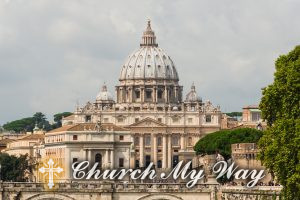
“While this figure is a little difficult to break down without an in-depth study of each country’s religious demographics, it is safe to say that there are more Catholics in the world than members of any other Christian denomination.”
“The Church began as a sect within Judaism and eventually separated from that faith in A.D. 70 after the
Roman Catholicism is a major branch of Christianity that traces its roots back to the Apostles. The Roman Catholic Church is the largest Christian church in the world and has been since early medieval times. In the Roman Catholic Church, the Pope is considered the main spiritual leader of Catholics in the world. His role is to preserve and develop Catholicism’s original beliefs, ensure that they are followed, and give direction on faith practices.
The Pope also has a great deal of control over what Catholics believe, how they live their lives, and where they go to church. On the other hand, Muslim clerics feel that they have more power and control over the lives of Muslims, as seen by their greater ability to dictate how Muslims pray and what they are permitted to think.
The Western or Catholic Church started in Rome, Italy. The first Christians were Jewish people who followed Jesus of Nazareth. When they became followers of Jesus, they became known as Christians. They spread Christianity to other parts of the world like Greece and Asia Minor (Turkey).
What are the Biggest Differences Between Protestantism & Roman Catholicism?
The differences between Protestantism and Roman Catholicism are vast. One of the biggest differences is that Protestants do not believe in the transubstantiation of bread and wine, while Catholics do.
Protestants also believe that there should be no intermediary between you and God, while Catholics believe that they can go to their local priest for guidance. In addition, Protestants have different views on what the Bible means to them than Catholics do.
How Does The Papal Structure Differ From Other Christian Denominations?
The papal structure is different from other Christian denominations in that the pope of Rome, also known as the Bishop of Rome and later as the Pope, is considered to be the successor of Saint Peter. The papacy in Western Christianity is a position that has been held by a succession of different popes. The universal bishop in Eastern Christianity is an honorary title given to patriarchs and other prelates who are not patriarchs. of an officially recognized church.
The structure of the Catholic Church as it is today was developed during the Catholic Reformation which started in 1517 and ended in 1648. The process resulted in a substantial Protestant minority within Catholicism alongside a large majority who remain Catholic, but with different points of theological and liturgical practice. The Bishop of Rome’s authority stems from a divine mandate and from the papacy’s apostolic succession, according to Catholic Church teaching.


